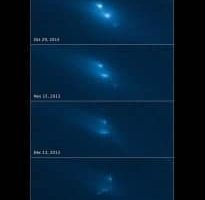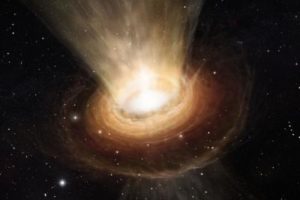Astronomy
Cosmic curiosity reveals ghostly glow of dead quasar
New Haven, Conn. — While sorting through hundreds of galaxy images as part of the Galaxy Zoo citizen science project two years ago, Dutch schoolteacher and volunteer astronomer Hanny van Arkel stumbled upon a strange-looking object that baffl…





